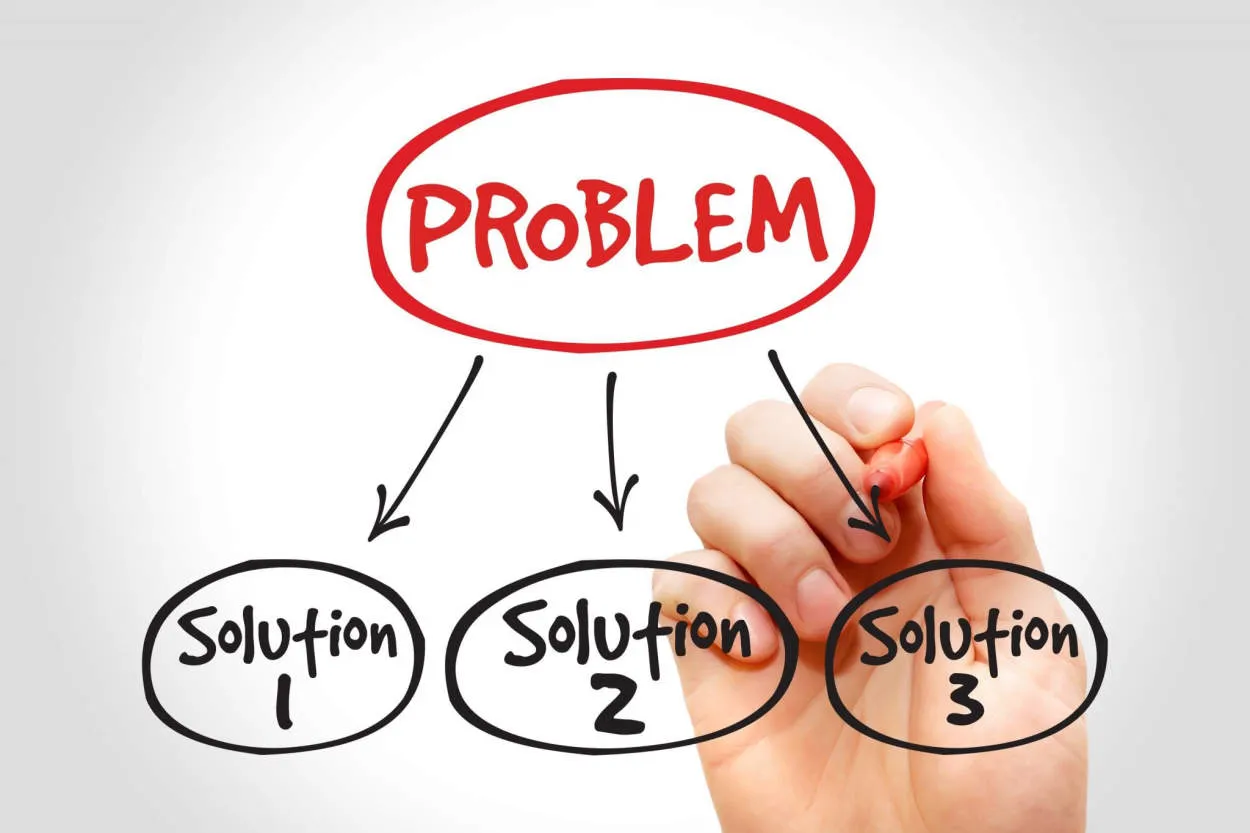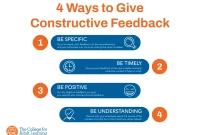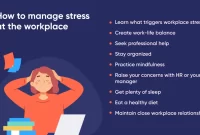Creativity plays a crucial role in problem-solving at work, as it allows individuals to think outside the box and come up with innovative solutions. This article explores the significance of creativity in enhancing productivity, fostering collaboration, and overcoming challenges in the workplace.
The Power of Thinking Outside the Box
In today’s fast-paced and competitive work environment, problem-solving has become an essential skill for professionals in all industries. Employers are constantly on the lookout for individuals who can provide innovative solutions and think outside the box.
Thinking outside the box refers to the ability to approach problems and challenges from a different perspective, breaking away from traditional methods and conventional thinking. It involves coming up with unique and creative ideas that can lead to breakthrough solutions.
This approach to problem-solving allows individuals to see beyond the obvious and explore a wide range of possibilities. It encourages thinking beyond the constraints and limitations imposed by existing systems or structures. By thinking outside the box, individuals can uncover new opportunities and devise unconventional approaches to address complex problems.
Creativity plays a crucial role in thinking outside the box. It is the key that unlocks innovative ideas and possibilities. Creativity enables individuals to connect seemingly unrelated concepts, challenge assumptions, and break free from conventional patterns. It allows for the exploration of new perspectives and the discovery of novel solutions.
In the context of problem-solving at work, creativity and thinking outside the box can have several benefits. It can lead to more effective and efficient problem-solving, as it allows for unique solutions that may not have been considered before. It encourages collaboration and fosters a culture of innovation within teams and organizations.
Furthermore, thinking outside the box can also enhance critical thinking skills and boost personal growth. It pushes individuals to expand their boundaries, explore new ideas, and develop a mindset geared towards embracing change and uncertainty.
In conclusion, the power of thinking outside the box is invaluable in today’s rapidly changing and challenging work environment. It enables professionals to approach problems with a fresh perspective, generate innovative ideas, and find unconventional solutions. By embracing creativity and thinking outside the box, individuals can not only excel in their professional lives but also contribute to the overall growth and success of their organizations.
Nurturing a Creative Mindset in the Workplace
In today’s rapidly evolving business landscape, creativity plays a vital role in problem-solving at work. Fostering a creative mindset among employees not only leads to innovative solutions but also cultivates a culture of out-of-the-box thinking and continuous improvement.
Encouraging creativity in the workplace can be achieved through various strategies. Firstly, providing a supportive and inclusive environment where ideas are welcomed, and diverse perspectives are valued. This enables individuals to feel empowered to express their thoughts without fear of judgement or criticism.
Another effective approach is to promote collaboration and teamwork. Encouraging employees from different departments or disciplines to come together and brainstorm ideas can spark fresh insights and foster a creative synergy. Additionally, offering opportunities for cross-training and skill-sharing can further enhance the creative potential within the organization.
Furthermore, organizations can allocate dedicated time or resources for employees to explore their creativity. This could involve setting aside specific periods for creative thinking sessions, organizing workshops or training programs focused on nurturing innovation, or providing access to resources such as books, online courses, or creative tools.
Leadership also plays a crucial role in nurturing a creative mindset. Managers and supervisors should lead by example, encouraging risk-taking, embracing failure as a learning opportunity, and rewarding innovative thinking. By creating an environment that celebrates and rewards creativity, employees feel motivated to think outside the box and generate novel solutions.
In conclusion, fostering a creative mindset in the workplace is essential for effective problem-solving and driving innovation. By creating an environment that encourages and supports creativity, organizations can unlock the full creative potential of their employees, leading to continuous growth and success.
Fostering Collaboration for Innovative Solutions
In today’s fast-paced and rapidly changing work environment, problem-solving has become a crucial skill. To effectively solve complex problems, organizations are increasingly recognizing the importance of fostering collaboration and harnessing the power of creativity among their employees.
Creativity plays a vital role in problem-solving at work as it encourages individuals to think outside the box, explore new perspectives, and generate innovative ideas. By promoting a creative mindset, organizations can create an environment where employees feel empowered to take risks, challenge traditional solutions, and propose unconventional approaches.
One way to foster collaboration and creativity is by encouraging interdisciplinary teamwork. By bringing together individuals from diverse backgrounds, such as different departments or areas of expertise, organizations can benefit from different viewpoints and skillsets. This collaborative approach promotes the exchange of ideas, leading to more comprehensive problem-solving and the development of innovative solutions.
Furthermore, open communication channels are essential for fostering collaboration and creativity. Organizations should provide platforms for employees to share ideas, give and receive feedback, and collaborate effectively. This can be facilitated through regular team meetings, brainstorming sessions, or even digital platforms that enable virtual collaboration.
Organizations also need to promote a culture that values and rewards creativity. This can be achieved by recognizing and celebrating innovative ideas and solutions. By acknowledging and appreciating employees’ creative contributions, organizations create an environment where individuals are motivated to think creatively and actively participate in problem-solving processes.
In conclusion, fostering collaboration for innovative solutions is crucial in today’s work landscape. By emphasizing creativity, encouraging interdisciplinary teamwork, maintaining open communication channels, and promoting a culture that values creativity, organizations can enhance problem-solving capabilities and drive innovation.
Conclusion
Creativity plays a vital role in problem-solving at work. By thinking outside the box, generating innovative ideas, and approaching challenges from different perspectives, individuals can find unique solutions to complex problems. Embracing creativity in the workplace not only enhances productivity but also fosters a culture of innovation and continuous improvement.




